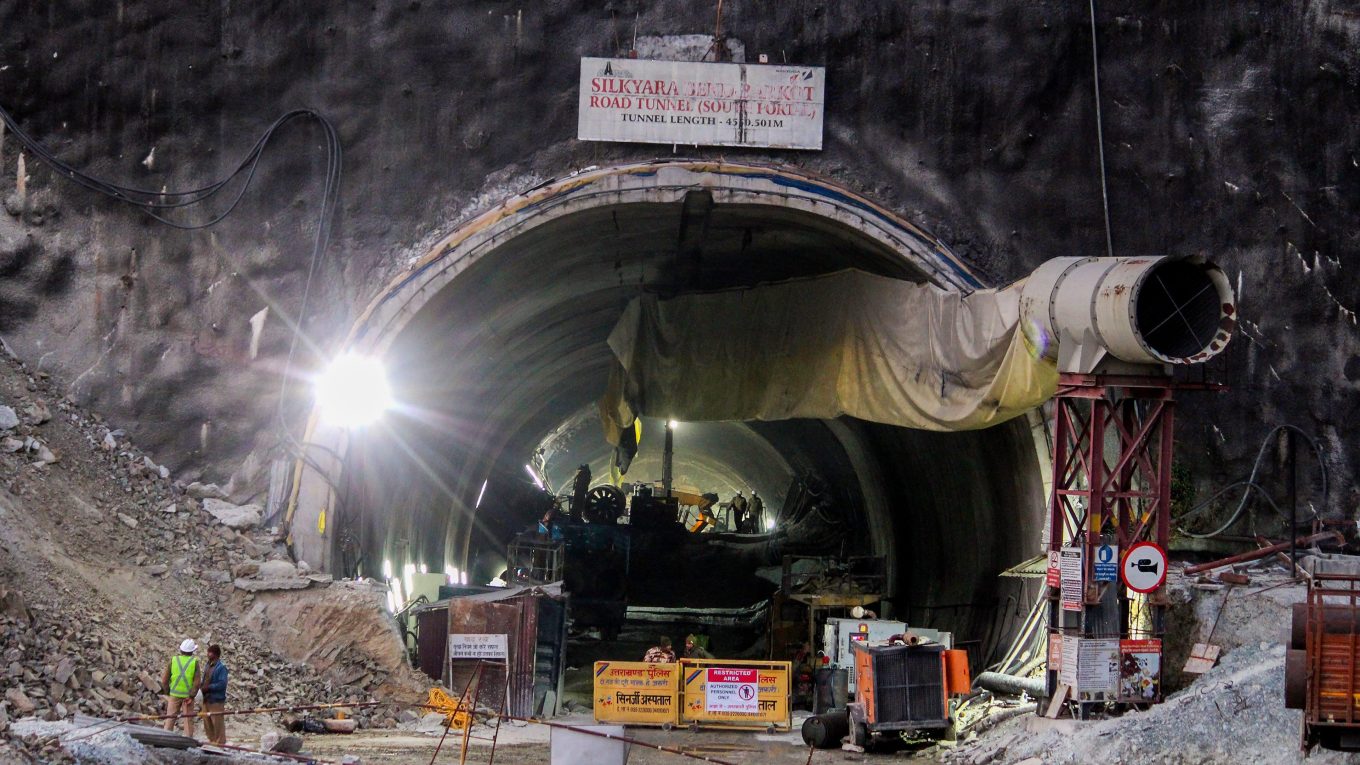Uttarakhand tunnel incident spotlights safety in existing, future projects
“With the current option, it may be 24 hours (timeline for a breakthrough),” says Chris Cooper from engineering conglomerate Larsen & Toubro (L&T), hazarding a guess provided the current solution of “augering” (a form of drilling) works out.
L&T is one of the Indian companies that have now joined the rescue efforts in Silkyara, Uttarkashi, voluntarily. If the augering fails, “it is going to be a major problem”, says Cooper, who is team leader-tunnels, heavy civil infrastructure, L&T Construction. “If it stops or disrupts, then option B is the micro-tunnel, which will take 20 days,” he adds.
L&T, which works with Rail Vikas Nigam in Uttarakhand for various tunneling projects, has volunteered with manpower, machinery and expertise for the ongoing rescue operations. “L&T board members are in constant touch with top officials from the central and state governments to extend all support,” says a spokesperson.
Squadrone Infra and Mining, a Bengaluru startup, is another participating company that is deploying drones for the rescue efforts. The National Highways Authority of India (NHAI) has roped in Delhi Metro Rail Corporation (DMRC) and Konkan Railway for safety audit measures.
On Wednesday, NHAI ordered a safetyaudit of all its under-construction tunnel projects. It will involve a team of experts including from DMRC who will submit a report within seven days.
With a total length of around 79 km, there are 29 such projects which will go through the audit, in Himachal Pradesh, Jammu and Kashmir, Maharashtra, Odisha, Rajasthan, Madhya Pradesh, Karnataka, Chhattisgarh, Uttarakhand and Delhi.
NHAI has also signed a Memorandum of Understanding with Konkan Railway to review design and safety aspects linked to tunnel construction and slope stabilisation. The railway arm, too, will conduct safety audits of tunnels and, if required, suggest remedial steps.
Engineering companies expect the incident to spotlight safety as a major aspect in future tunnel projects in India.
According to Cooper, “The contracts will get expensive. The use of the escape tunnel as a safety option has to be implemented in the design. Obviously, that’s going to add cost and time to the contracts.”
“The process of bidding and award in India has been already robust and of international stature. Still we have scope for looking at risk-sharing mechanisms between all stakeholders involved right from the DPR (detailed project report) stage,” says Amit Uplenchwar, director, Kalpataru Projects International.
